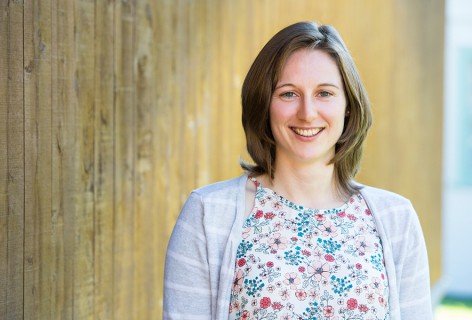Epidemiology & modelling
Effect of anti-contagion policy on COVID-19 growth rates in 6 countries.
New Zealand’s COVID-19 epidemiological modelling
MWLR, as part of the Te Pūnaha Matatini modelling collaboration, have undertaken mathematical modelling to inform New Zealand’s COVID-19 response.
James A, Plank MJ, Hendy S, Binny RN, Lustig A, Steyn N 2021. Model-free estimation of COVID-19 transmission dynamics from a complete outbreak. PLoS ONE, 16(3): e0238800.
DOI: https://doi.org/10.1371/journal.pone.0238800
Steyn N, Plank MJ, James A, Binny RN, Hendy SC, Lustig A 2021. Managing the risk of a COVID-19 outbreak from border arrivals. Journal of the Royal Society Interface. [accepted]
Hendy SC, Steyn N, James A, Plank MJ, Binny RN, Lustig A 2021. Mathematical modelling to inform New Zealand’s COVID-19 response. Journal of the Royal Society of New Zealand,
DOI: 10.1080/03036758.2021.1876111
Steyn N, Binny RN, Hannah K, Hendy S, James A, Kukutai T, Lustig A, McLeod M, Plank MJ, Ridings K, Sporle A 2020. Estimated inequities in COVID-19 infection fatality rates by ethnicity for Aotearoa New Zealand. The New Zealand Medical Journal, 133(1521): 28-39.
Binny RN, Baker MG, Hendy SC, James A, Lustig A, Steyn N, Plank MJ, Ridings KM, Steyn N. 2020 Early intervention is the key to success in COVID-19 control. medRxiv preprint, DOI: 10.1101/2020.10.20.20216457v1
Binny RN, Hendy SC, James A, Lustig A, Plank MJ, Steyn N 2020. Effect of Alert Level 4 on effective reproduction number: review of international COVID-19 cases. medRxiv preprint, 6 May 2020, https://doi.org/10.1101/2020.04.30.20086934
Plank MJ, Binny RN, Hendy SC, Lustig A, James A, Steyn N 2020. A stochastic model for COVID-19 spread and the effects of Alert Level 4 in Aotearoa New Zealand. medRxiv preprint, 11 April 2020, https://doi.org/10.1101/2020.04.08.20058743
James A, Binny RN, Hendy SC, Lustig A, Steyn N, Plank MJ 2020 Economic comparison of the use of Alert Levels 3 and 4 in eliminating the Auckland August outbreak: a cost-effectiveness analysis. Te Punaha Matatini Report.
Plank MJ, Binny RN, Hendy SC, Lustig A, James A, Steyn N 2020. Effective reproduction number and likelihood of cases outside Auckland.
Plank MJ, James A, Binny RN, Hendy SC, Lustig A, Steyn N 2020. A comparison of the potential of different digital contact tracing systems to reduce transmission of COVID-19. Te Punaha Matatini Report.
Binny RN, Hendy SC, James A, Lustig A, Plank MJ, Steyn N 2020. Probability of elimination for COVID-19 in Aotearoa New Zealand. 5 June 2020, Te Pūnaha Matatini.
Binny RN, Lustig A, Brower A, Hendy SC, James A, Parry M, Plank MJ, Steyn N 2020. Effective reproduction number for COVID-19 in Aotearoa. 22 May 2020. Te Pūnaha Matatini.
COVID-19 Take Control simulator
A New Zealand-specific interactive epidemic simulation app was developed by Dr Audrey Lustig through Te Pūnaha Matatini. The app is hosted by the University of Auckland’s Centre for eResearch.
Called the COVID-19 Take Control simulator, the app illustrates the effects of hygiene and physical distancing measures that all Kiwis are undertaking to control the spread of COVID-19. One of the app’s key features is that it allows the user to see the effects of higher and lower collective cooperation with policies aimed at breaking the chain of transmission.
Effect of anti-contagion policies on growth rate of infections in China, South Korea, Italy, Iran, France, and the United States
In a study in Nature, Economist Kendon Bell and co-authors at the University of California, Berkeley showed that non-pharmaceutical interventions, such as travel restrictions, business and school closures, and lockdown orders, averted roughly 530 million COVID-19 infections in six countries: China, South Korea, Italy, Iran, France and the United States, for the period ending 6th April 2021.
